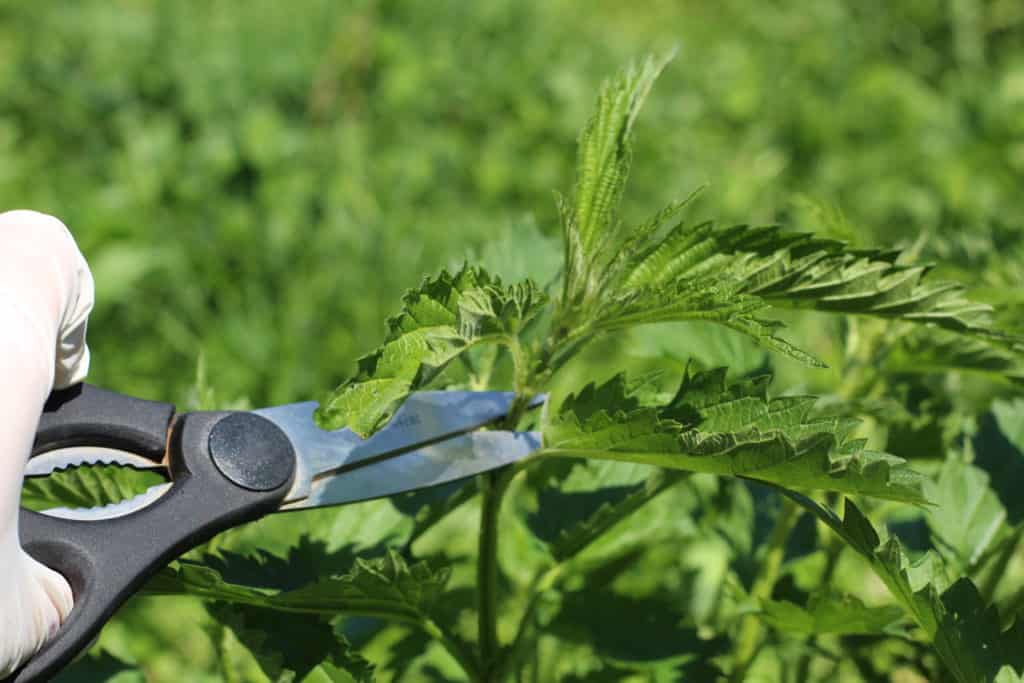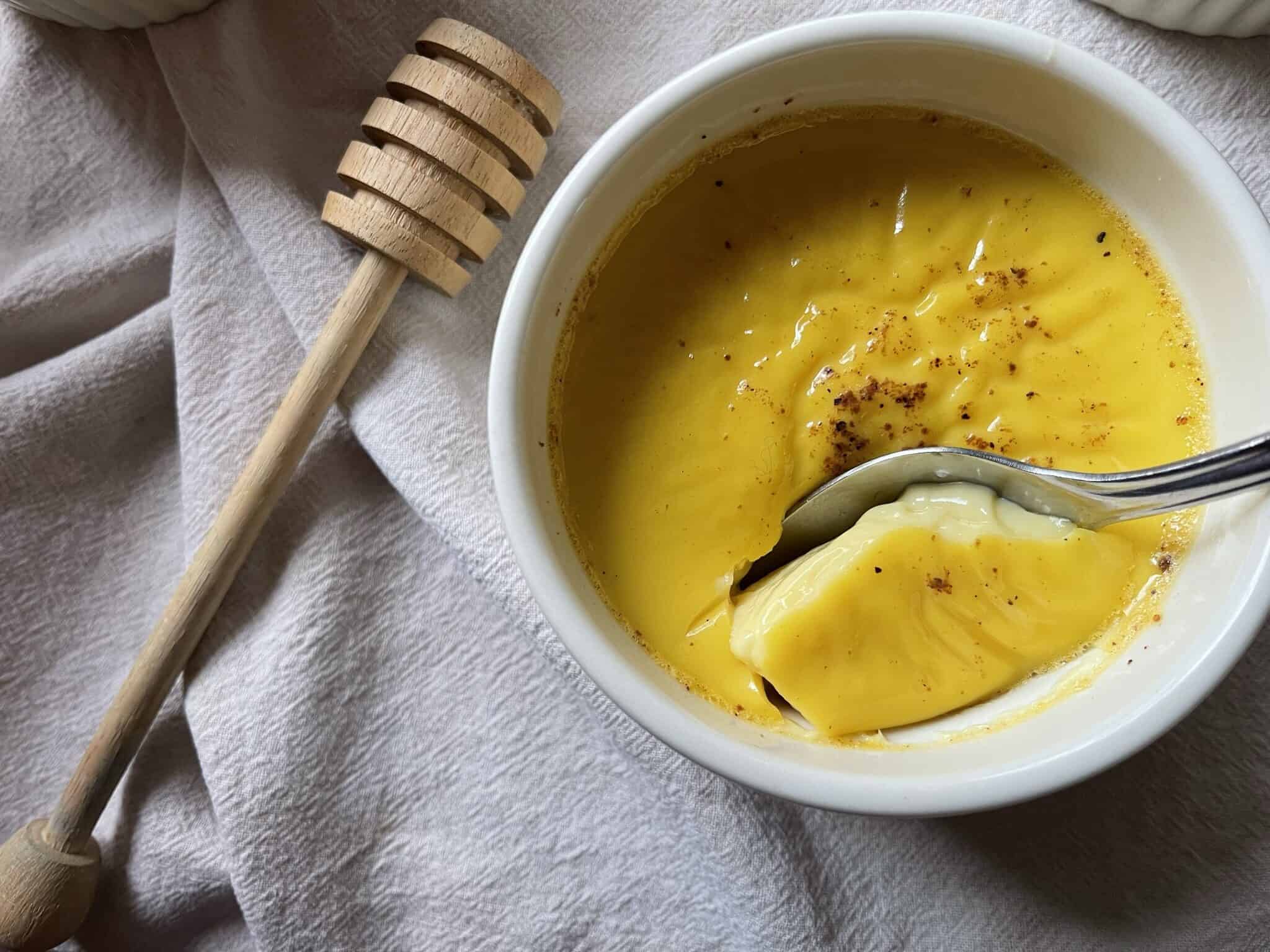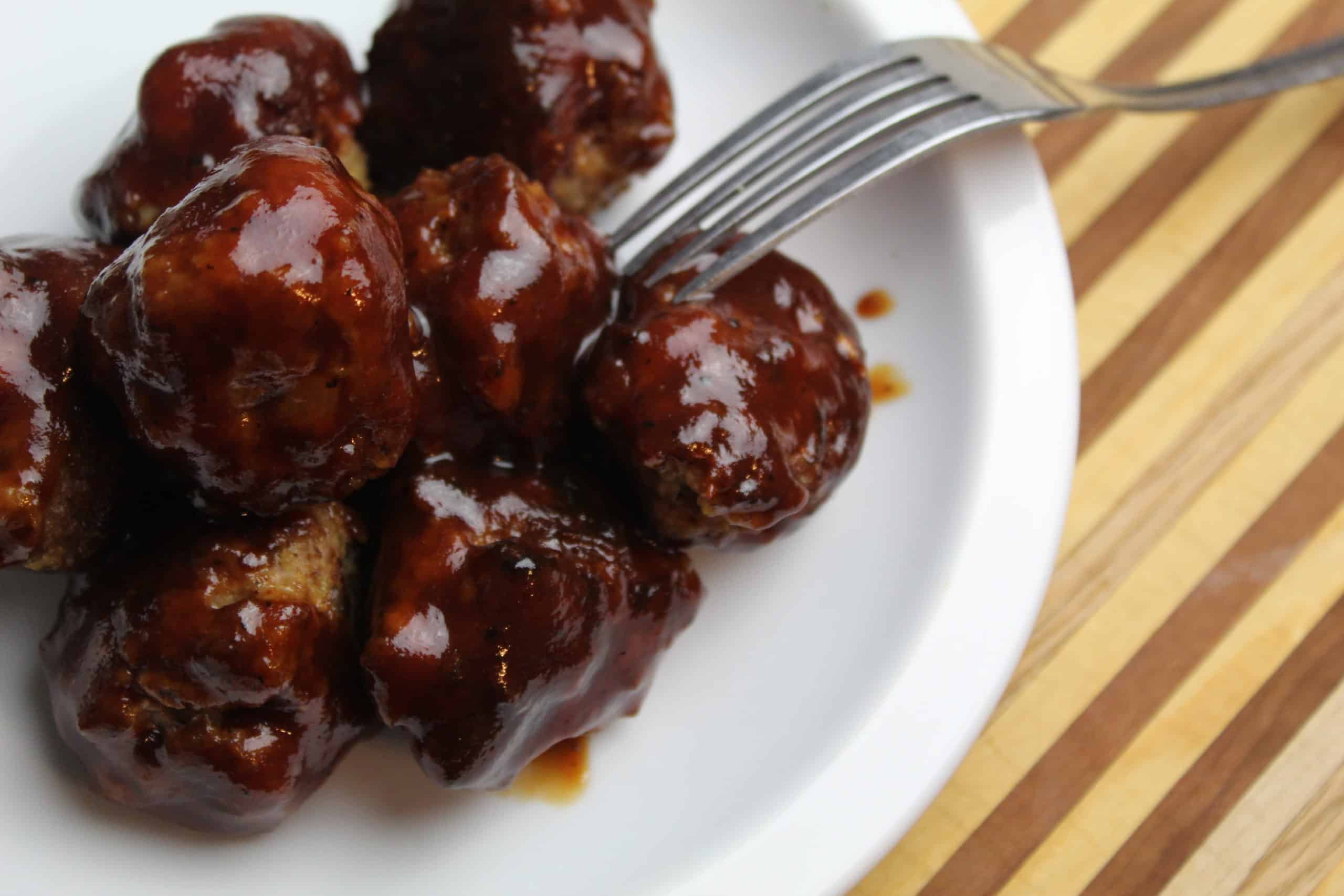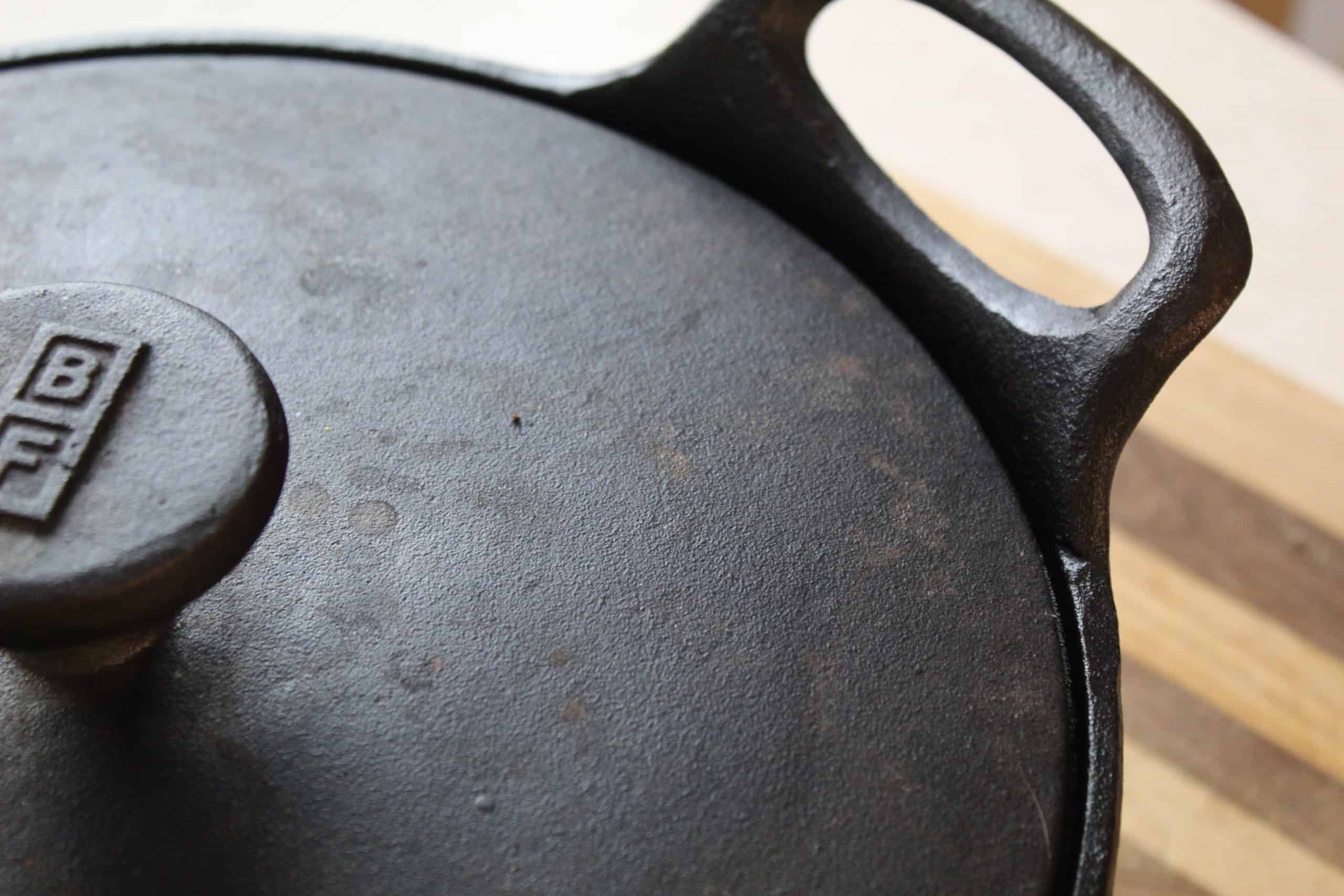Harvesting Nettles for Food and Medicine
Nettles are one of the first wild plants I learned to recognize and use. Harvesting them takes a little care, but it is well worth it for all the benefits this plant provides.
Why Nettles?
Nettles are an incredibly valuable and nutritious plant. It is packed with protein, potassium, vitamin K, calcium, and iron. (1)
When I was pregnant with my daughter I kept a stash of nettle tea in my cupboard and drank it regularly for its many benefits. I’ll be gathering and drying extra nettle this year in case we decide to grow our family next winter.
Where to Find Nettles?
Nettles grow all over the United States, Canada, and Europe. They prefer somewhat shaded areas and moist environments. At our farm they grow in a few patches in the pasture and along the edge of the woods.
How to Identify Nettles

Thankfully there aren’t other plants that look particularly similar to nettles.
The leaves are thin and can be bright to dark green. They grow opposite of each other. The edges of the leaves are like saw blades. The stem and the underside of the leaves have little hairs/prickers.
How to Harvest Nettles

Nettles have small hairs on the stem and underside of the leaves. They contain something called formic acid, which is the same thing that causes pain from bee stings or ant bites. Harvesting nettles can be done with or with out gloves.
Without gloves, you want to grasp one of the top leaves by pinching just the top. Then snip the top bunch with a pair of scissors.
I typically use gloves for harvesting nettles. Even with gloves I still get stung a time or two. It doesn’t hurt so much as stings and tingles a little.
A thorough rinsing or soak in cool water will remove the stinging chemicals from the plant. Cooking them will do that, too.
Uses for Nettles
Nettle leaves can be used in place of spinach, sauteed in butter and eaten, roasted on a pizza, and dried and drank as a tea, just to name a few options.
Historically, nettles have been widely used to make fabric. In some cultures the nettle stings are used as treatment for arthritis and inflammation of joints.
Preparing Nettles for Tea

- After harvesting nettles, rinse them thoroughly in cool water. I typically rinse them in the colander part of my salad spinner.
- After rinsing, spin the excess water out. If you don’t have a salad spinner you can leave them to dry on a kitchen towel.
- Pull the leaves from the stems and lay them on dehydrator trays.
- Set the dehydrator for 95 degrees F. How long you dehydrate them will vary depending on the plants and time of year. I find around 4 hours works. You don’t want them so brittle that they turn to powder when you pick them up. They should crumble up and be somewhat crisp.
- Store in an airtight container out of direct sunlight.
- Label and date.
- They will keep for 6 months to 1 year.

Quick Nettle Pesto

Another favorite use for nettles is pesto. You can make pesto out of just about anything green and edible. Dandelion greens, spinach, parsley, etc. This recipe will make enough pesto for a pot of pasta, around four servings or so.
Ingredients
- 1 Cup Olive Oil
- 1/2 Cup Chopped Walnuts (or pine nuts)
- 3 Cloves of Garlic (only 2 cloves if you prefer a less strong garlic taste)
- 1/3 Cup Parmesan Cheese
- 4 Cups Nettle Leaves
- 1 Tsp Lemon Juice (optional)
Instructions
- Add walnuts, garlic, Parmesan, lime juice, and olive oil to a blender.
- Blend until it makes a paste.
- Add in nettle leaves, blend again.
- Toss in spaghetti noodles, mix in eggs, or enjoy however you like!
Watch and Learn
Pin it for later

Quick Nettle Pesto
Equipment
- Blender
- Spoon or spatula
Ingredients
- 1 Cup Olive Oil
- 1/2 Cup Chopped Walnuts or pine nuts
- 3 Cloves of Garlic only 2 cloves if you prefer a less strong garlic taste
- 1/3 Cup Parmesan Cheese
- 4 Cups Nettle Leaves
- 1 Tsp Lemon Juice optional
- Salt and pepper to taste
Instructions
- Add walnuts, garlic, Parmesan, lime juice (if using), and olive oil to a blender.
- Blend until it makes a paste.
- Add in nettle leaves, blend again.
- Add salt and pepper. Blend a little more and taste.
- Toss in spaghetti noodles, mix in eggs, or enjoy however you like!











Such a great recipe and thanks for the harvesting tips. I have always thought you couldn’t touch nettles at all for this reason. Thanks for this post!
Let me know if you try a recipe! There are so many things you can do with them. 🙂